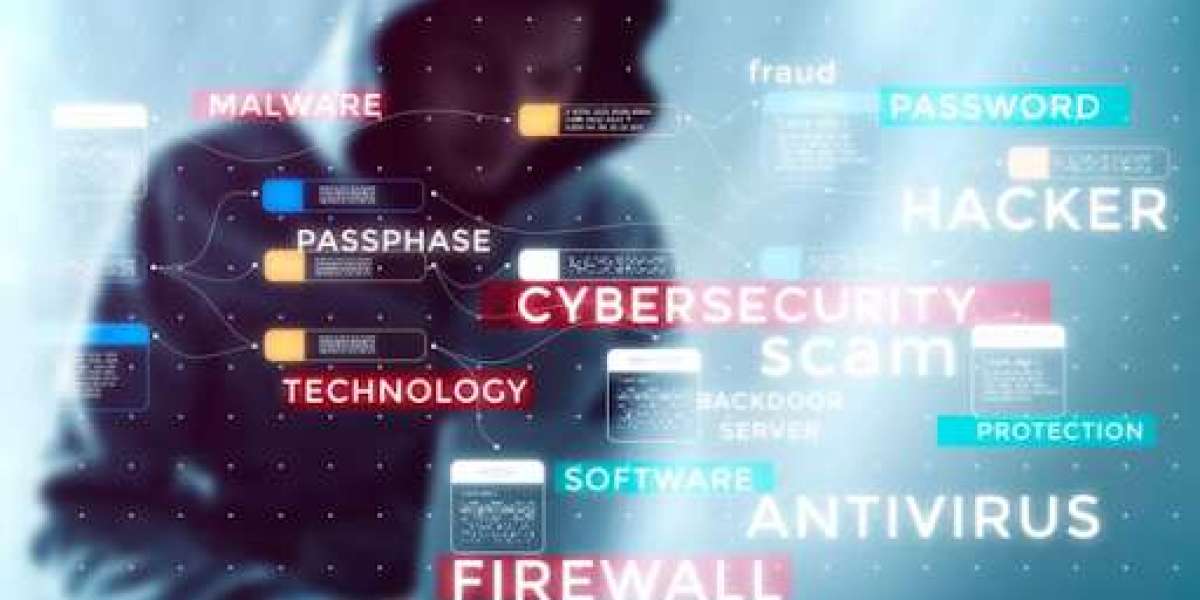Cybersecurity threats are evolving at a staggering pace, with malicious hackers finding new ways to exploit vulnerabilities daily. Staying informed about the latest cybersecurity headlines isn’t just a good practice—it’s essential for safeguarding your sensitive information and staying one step ahead.
This blog provides an overview of today’s daily hacking news and highlights the most pressing developments in cybersecurity. Whether you’re a tech professional, a business owner, or simply someone who cares about digital safety, this post will guide you through the latest updates and their implications.
The Alarming Growth of Cyber Attacks
Cybercrime has reached unprecedented levels, with global damages exceeding $8 trillion in 2023 alone. Reports indicate that businesses face a ransomware attack approximately every 11 seconds. These staggering statistics underscore why keeping up with daily hacking news is crucial to staying protected.
Major stakeholders such as governments, tech companies, and cybersecurity firms are working round the clock to counter a growing array of threats. Below, we’ll walk you through the top cybersecurity headlines today that are shaping the digital world.
Today's Top Hacking News Headlines
1. Global Ransomware Attacks Target Healthcare and Education Sectors
More ransomware gangs are now setting their sights on vulnerable industries like healthcare and education. This morning, cybersecurity firm Sophos released a report indicating that ransomware incidents in hospitals have surged by 70% in 2023. These attacks not only disrupt critical services but also put millions of sensitive patient and student records at risk.
Recent examples include:
- A hospital system in California paying $10 million in ransom just to regain access to patient records.
- Multiple universities in Europe are suffering data breaches, exposing students’ personal information.
How Organizations Can Respond:
- Regularly back up data and test restoration processes.
- Conduct employee training sessions on recognizing phishing emails (a common attack vector).
- Update system software frequently to patch vulnerabilities.
2. Increase in Phishing Campaigns Post Black Friday Deals
Post-holiday sales have triggered a fresh wave of phishing scams impersonating popular retailers. Hackers are sending fraudulent emails and messages claiming to offer discounts or asking users to "verify" their account details.
According to the cybersecurity platform Proofpoint, phishing attacks increased by 22% after major Black Friday sales this year, signaling a need for stronger consumer cyber-awareness. These scams are often so sophisticated that even tech-savvy individuals are fooled.
How to Protect Yourself:
- Avoid clicking on any unsolicited email links or attachments. Instead, visit the retailer’s website directly.
- Enable multi-factor authentication for key accounts.
- Use email clients with robust spam filtering capabilities.
3. Zero-Day Exploits Plague Popular Tech Tools
Today, new reports have surfaced regarding zero-day vulnerabilities in widely used software. For example:
- Google Chrome users were warned about a vulnerability that attackers could exploit to execute remote code.
- Adobe released emergency updates to resolve weaknesses in its Creative Cloud suite.
These zero-day exploits highlight how even trusted platforms can be compromised, putting millions of users at risk.
Recommended Measures:
- Enable automatic software updates to patch vulnerabilities quickly.
- Limit admin-level access on organizational systems to prevent widespread exploitation.
4. Cryptocurrency Exchanges Face Targeted Data Breaches
The rise of cryptocurrency has made exchanges prime targets for cybercriminals. This week alone:
- An Australian crypto platform reported the loss of $50 million worth of Bitcoin due to a sophisticated hacking attempt.
- A newly identified malware variant, "CryptoTracker," was flagged for hijacking cryptocurrency wallets.
Best Practices for Crypto Security:
- Use hardware wallets (cold storage) for added protection.
- Regularly monitor exchange activity for unauthorized access.
- Leverage platforms that provide insurance against cyber theft.
5. IoT Devices Become a Hacker's Playground
With over 15 billion IoT (Internet of Things) devices in use today, their lack of security poses a serious challenge. Recent breaches have targeted everything from smart thermostats to connected baby monitors. Reports from Kaspersky highlight a worrying trend—IoT attacks tripled over the past year, driven by device manufacturers' low prioritization of cybersecurity.
Steps to Secure IoT Devices:
- Change factory default passwords to strong, unique ones.
- Connect devices to a guest network, separate from sensitive information.
- Disable unused features like universal "camera access."
Why Staying Updated on Cybersecurity News Matters?
Technology is deeply embedded in our daily lives. Whether you’re browsing online, managing finances, or collaborating at work, cyber threats lurk in the background. Following daily hacking news keeps you informed about existing vulnerabilities and teaches you how to protect yourself proactively.
Here’s why regular updates are vital:
- Heightened Awareness: Cybercriminals innovate quickly. Understanding emerging tactics like deepfake scams or ransomware variants helps you combat them effectively.
- Faster Response: Being aware of vulnerabilities in time can prevent you from becoming the next victim.
- Strategic Security Investments: Knowledge of industry trends lets businesses allocate resources to the most pressing areas.
How to Stay Ahead of Cyber Threats?
To stay protected, here are a few actionable steps:
- Subscribe to Reputable Security Blogs - Sites like Krebs on Security and Threatpost offer detailed insights into global hacking trends.
- Monitor Threat Intelligence Platforms - For businesses, platforms like IBM X-Force Exchange provide detailed analyses of sophisticated cyber campaigns.
- Strengthen Organizational Security - Businesses can invest in endpoint protection and train employees to recognize high-risk behavior.
- Use a Password Manager - Encourage secure habits like unique passwords for each online account.
- Enable Alerts - Watch for security patches or breach notifications to implement fixes promptly.
The Role You Can Play in the Cybersecurity Ecosystem
Cybersecurity isn’t just about software and IT teams—it’s about building a vigilant community. Sharing daily cybersecurity news among peers and colleagues fosters a culture of awareness. Join forums, attend webinars, or contribute to discussions.
Businesses, too, hold a significant responsibility to educate employees, secure customer data, and be transparent about breaches when they occur. These efforts collectively create safer digital environments.
Final Thoughts on Staying Cyber-Smart
The world of hacking and cybersecurity evolves rapidly, leaving little room for complacency. Cybercrime is no longer just an IT department problem; it’s a challenge for personal and organizational safety. By staying informed through daily hacking news, you empower yourself to adapt and thrive in today’s interconnected world.


